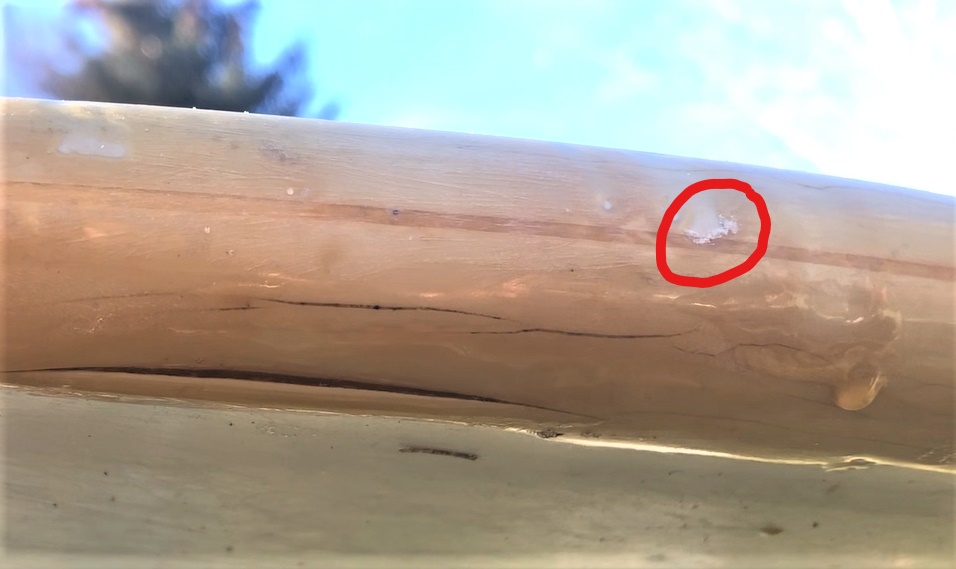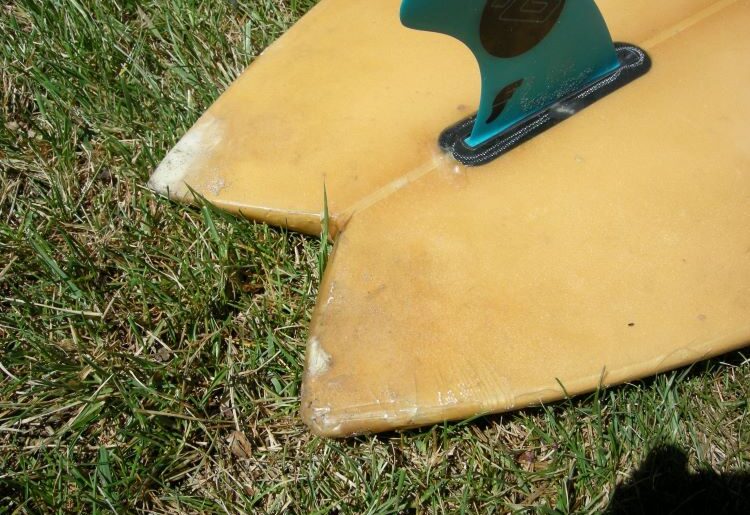You must be able to know how tell if a surfboard is watertight. When a surfboard is not watertight, the foam can become water-logged. A water-logged surfboard can become heavy, sluggish, and eventually useless if the problem is not addressed.
It is important to know if your surfboard is watertight. In this article, we’ll go over how to tell if a surfboard is water-tight, so that you can make repairs if you need and save your surfboard!
How to tell if a surfboard has a leak
The easiest way to tell if your surfboard has a leak is by weight. Weigh your surfboard before and after a session.
If you don’t have a scale. Leave your surfboard sitting out after a session, preferably with the potential leak spot on the lower side of the board. If there is water pooling around the board, you have a leak. You should be able to locate it using the water.
Finally, if the temperatures are high, you will see salt crystals at dings where water evaporates. This method allows you to easily identify dings. Use a pen to mark the locations of a ding before wiping off the salt-crystals for repair.

What does a waterlogged surfboard look like?
A water-logged surfboard will feel heavier than a water-tight surfboard. If you know the model type, you can look up the weight online and compare that to your surfboard. If your board is heavier, it is not watertight.
PU (polyurethane surfboards), also called “fiberglass” boards will brown due to water damage. However, the foam can also brown due to sun exposure. If the foam is clearly brown in one spot, then there is likely a leak.

Can a soft-top surfboard get waterlogged?
Yes, a soft-top surfboard can get waterlogged. Soft-top surfboards have a foam core that can take on water the same way a hard-top surfboard can. It is important to identify dings and other damage in your soft-top.

Can you surf on a water-logged surfboard?
Yes, but it is not recommended. Simply put, a water-logged surfboard is heavy and sluggish. It simply won’t be very responsive and overall harder to use. Not to mention, it could be dangerous.
How to fix a water-logged surfboard?
You can fix a water-logged surfboard by first drying out the foam core as best you can, then repairing the leak. To dry out the foam core, store the foam core in a dry place and let it sit for a long time. To speed up the process, point a fan towards the surfboard. For larger dings, press paper towels into the ding or directly onto the foam core.
Repairing the leak is more complicated. There are many different ways to repair dings depending on the type of damage. There is a ton of information online that can help you DIY surfing repairs. Alternatively, you can get your board repaired professionally.
Heads up! Surfing is awesome but it can be dangerous! Learn more about how to stay safe and avoid dangers while surfing. If you are a beginner surfer, check out my other articles about surfing and my ultimate guide to learning how to surf.


![Best longboard surfboards [2023] – all skill levels surfer with surf hat](https://mindfulladventure.com/wp-content/uploads/2022/10/surf-hat-crop-1000-270x180.jpeg)




